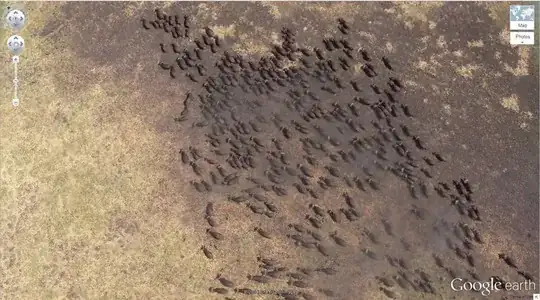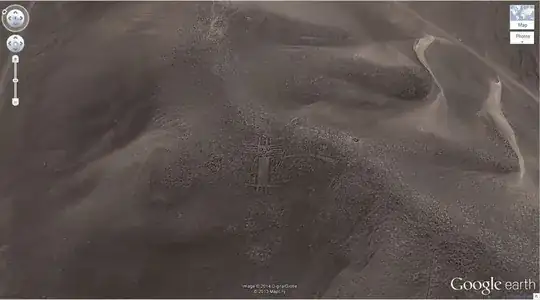You will use different approach:
Step 1: Discover a planet. You are going to use already existing telescopes. Example: Kepler-186f
Note: From now on I am using planet Earth as example
Step 2: Analyse planet position and its spectrum. You will realise that it is in habitable zone and can support life. From the spectral analysis you should be able to know, that such planet has water AND oxygen. Something funny can be going on!
Step 3: Listen and analyse even more. Ok, here I am going to assume you could not catch any signal. It can happen. But still, such planet looks promising
Step 4: Send probe. Possibly for fly-by. Problem with our grant system is, that you need results fast. So first probe will do just fly by and send even more promising pictures:

Image credit: Wikipedia
You will get a lots of data from that picture. You will know that there is definitely water and such planet has atmosphere. The scientists will have even good clue that such planet definitely supports some complex organisms: Plants.
From scope of your question, you are done here, but lets continue:
Step 4: Send orbiter. It will send a lot of pictures:
 Image credit: Google Earth
Image credit: Google Earth
Again, job done. Now you know that such planet definitely supports complex life. Also, from the orbiting devices you will also know where to search for them
Edit: Also, at this point, you should know if such planet has some intelligent life going on:

Image Credit: Google Earth
Step 5: Send rover device. The device will land and analyse the planet even more:

Image credit: Wikipedia, idea taken from What-If
Step 6: Back up! Yikes! The aliens are scary



